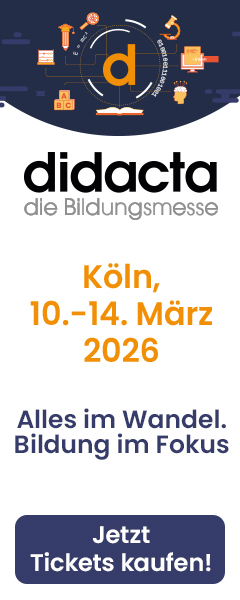How Blockchain Can Be Used in Digital Learning
Saarbruecken (GER), December 2018 - The term "blockchain" has become something of a buzzword in 2018, particularly when referencing cryptocurrencies – such as Bitcoin – and other burgeoning digital payment formats.
But the function of blockchain is much more expansive, and it’s intrinsic to the idea of the Internet of Value – a technological vision in which value can be exchanged as fast as information. However, what often falls by the wayside when discussing blockchain’s utility is the benefits it offers beyond financial transactions, particularly for digital training.
So what exactly lies beyond the basics of blockchain, and why is it generating so much attention?
Far from its perceived complexity, a blockchain is essentially just a tool for logging and documenting information. Its infrastructure consists of a network of actors – people or computers – that act democratically within an environment in which values or information must be validated. It's only after all actors within this network have validated the information that it's recorded in the block.
The beauty of this process is that responsibility for auditing the values is transferred from a central supervisory body (for example, the European Central Bank) to the actors within the blockchain, which are often private individuals. The more members in this network, the greater the examining procedure of the data and therefore the more stable it is.
Blockchain therefore eliminates any potential abusive behaviours on the part of the central supervisory authority, enabling the actors to verify and correct the values in real time.
Perhaps due to the recent media attention around Bitcoin, the term blockchain is almost always associated with payment transactions – but this is only one piece of the blockchain puzzle. The need to validate information is relevant to almost all industries, and especially for digital training.
There must be a documented process behind digital training that allows training outcomes to be certified within a reliable, standardised framework.
After all, it is not only the learners who are interested in proving their knowledge and competency to current and future employers.
The employers themselves want to know they can trust the certification process – similar to actors "validating" the values in payment transactions.
Let’s say an employer awards a training certificate directly to the employee. While a seemingly innocuous action, the certificate’s validity could be questioned in principle, as there are no intermediate or "co-decisive" control authorities. The basic four-eye principle according to which certain activities must be approved by at least two people is entirely absent. This means the level of security, reliability, and impartiality is weak across the board.
If, instead, the blockchain principle – controlling and validating via multiple actors – is introduced, the certification process is more objective and thus more reliable.
Taking this approach is not difficult. Additional control bodies, such as external training providers and auditors, can be integrated and result in a more pronounced balance of power.
The advantages at a glance
- reliability -> Multiple actors in the certification process ensure reliability.
- added protection -> When each authority has a copy of the certificate, there is added protection against data loss and potential falsification – whether digital badges, online certificates, or other forms of proof are used.
- greater transparency -> Information can be viewed by all actors, but cannot be changed once validation has occurred.
- real-time extension and updating -> Going digital eliminates obsolete paper documents and certificates.
A blockchain approach to digital learning benefits all parties. Learners benefit from an unbiased assessment, and employers can better rely on the employees’ certifications and predicted performance levels.









